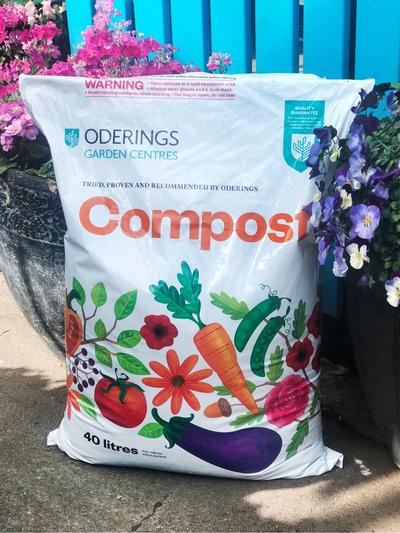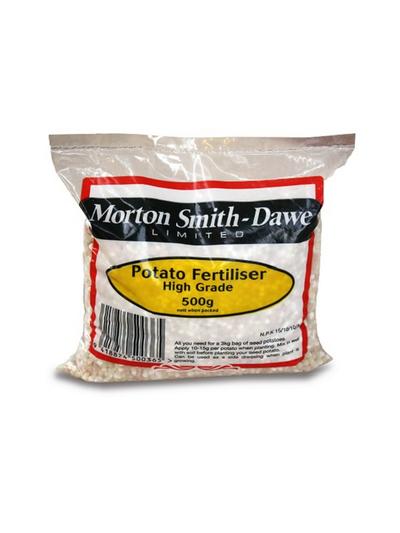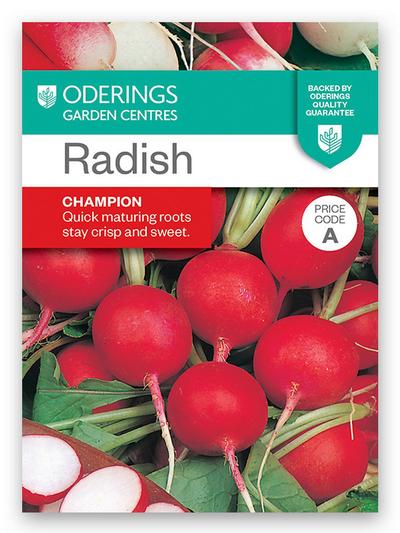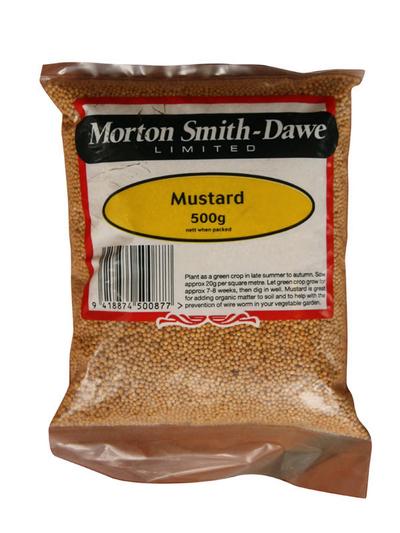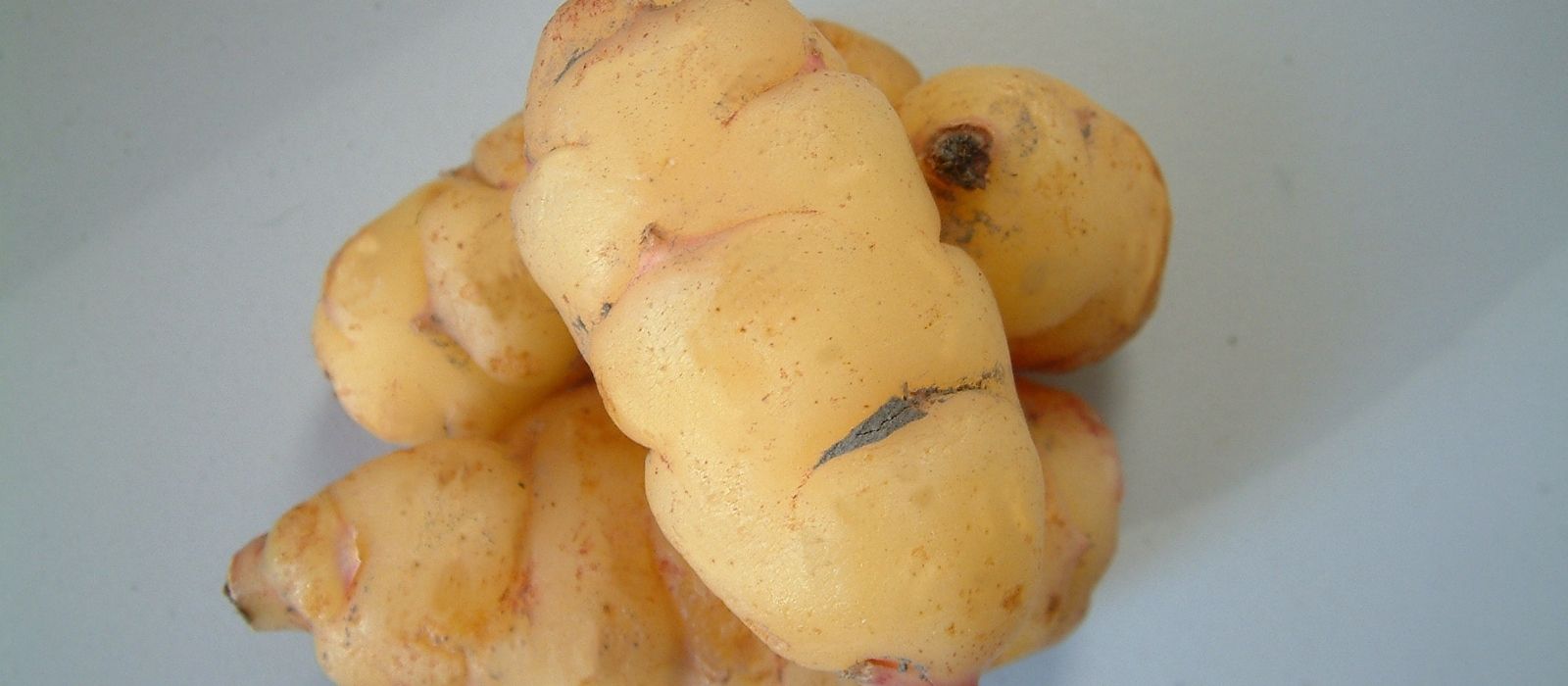
Oxalis Tuberosa, or the common yam, offers a rewarding harvest with minimal effort. With varieties like Red and Yellow, you can enjoy high yields and a tasty, nutritious vegetable that thrives in well-drained soil and sunny spots.
Position
Plant your yams in a sunny, warm position with well-drained soil. The soil should crumble easily in your hand to ensure good drainage. Yams prefer fertile soil, so enrich it with compost before planting. In cooler areas, plant in October, but if you live in a frost-free zone, you can plant anytime throughout the year.
Planting & Care
Plant each tuber 3-5cm deep and space them 30-35cm apart. In March, begin mounding the soil around the plants, just like potatoes, to encourage tuber growth. If the plants show a lot of top growth, you can start mounding earlier. Apply a small amount of Potato Fertiliser at mounding time to promote better yields.
Pest Control
If you notice grass grub or wire worm while mounding, planting radishes around your yams can help deter these pests. Alternatively, sow mustard as a green crop during the winter to keep the soil healthy and pest-free.
Harvesting
Yams are ready for harvest in May-June, once the tops have died back after a couple of frosts or once flowering has finished. From each plant, you can harvest up to 15-20 good-sized tubers. The leaves are also edible and can be added to salads for extra flavour and texture.
Cooking
Yams are versatile in the kitchen. There’s no need to peel them—just give them a good scrub. You can bake, steam, mash, or fry them, but roasting them is a personal favourite for a delicious, sweet, and savoury treat.
Oxalis Tuberosa is a great addition to your garden, offering not only a nutritious crop but also an easy-to-grow plant that thrives with minimal care. With a bit of attention to soil, pests, and proper planting, you’ll enjoy a rewarding harvest of yams that will elevate your meals.


